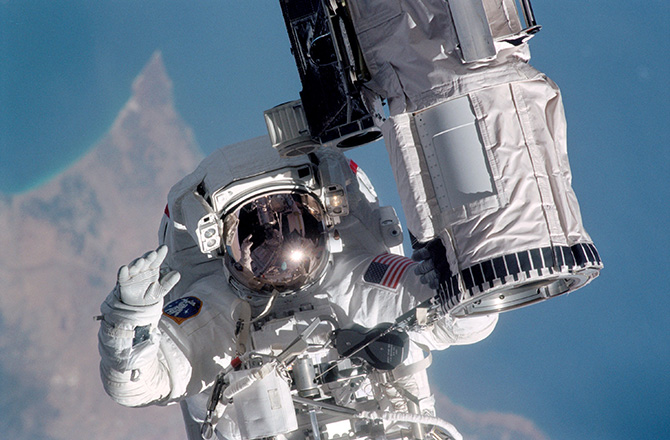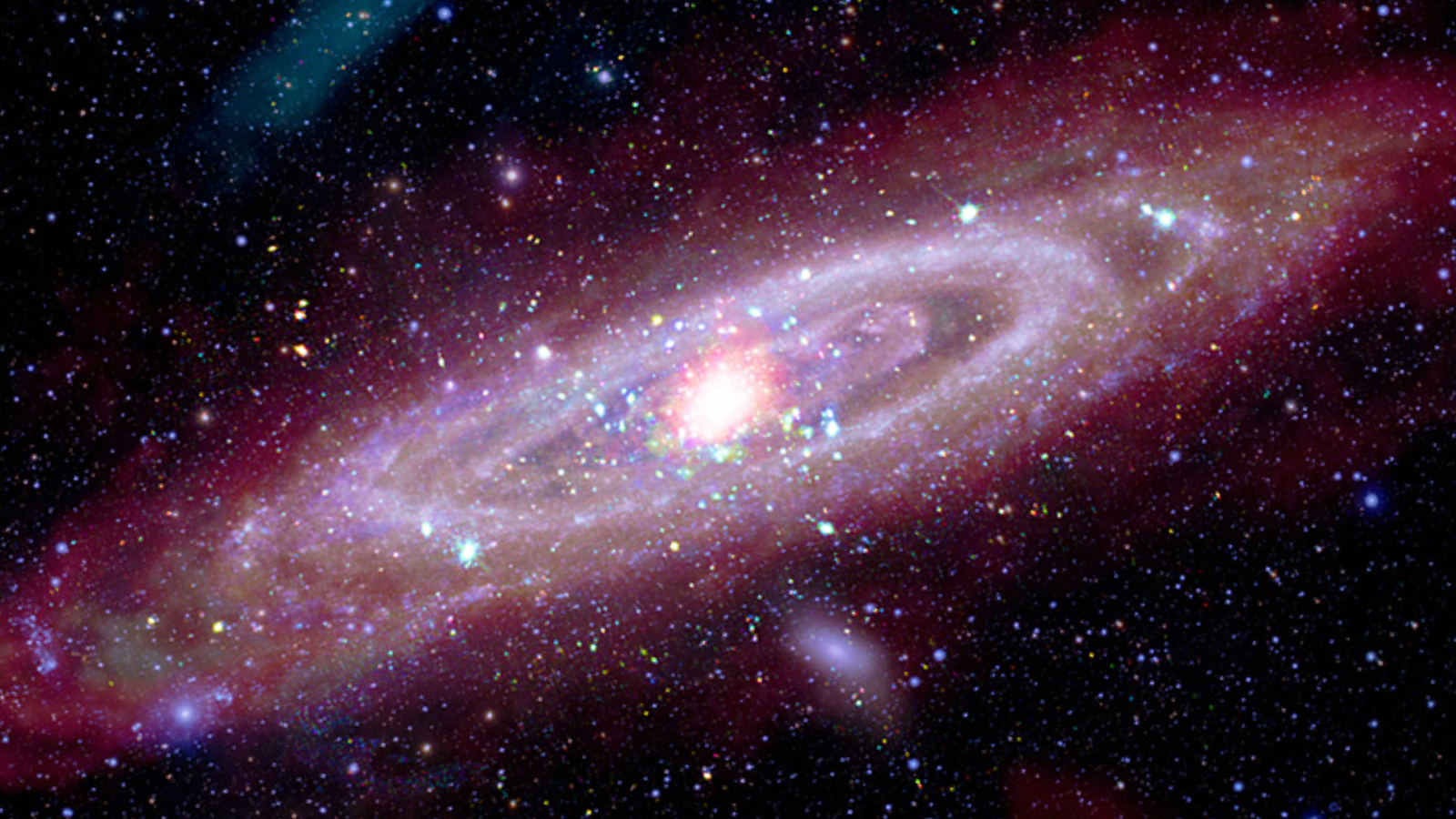In Space, No One Can Hear You Sneeze

Astronauts are known for being in peak physical condition. But just like everyone else, occasionally they do get sick.
Despite efforts by ground crew to keep spacecraft and cargo sterilized, when astronauts blast off into space, bacteria, viruses and mold can hitch a ride with them, on them and in them.
In fact, dust particles abroad the International Space Station (ISS) contain opportunistic bacterial pathogens, found a study released today in the journal Microbiome. The researchers collected the dust from air filter samples and vacuum bags used aboard the ISS.
Photos: Meet the Space Station's Resupply Fleet
Although the study couldn't conclude whether the bacteria were harmful to humans, microorganisms that are harmless on Earth could trigger inflammation or skin irritations in space, according to the study's authors.
Contamination is certainly a concern for astronauts and cosmonauts abroad the ISS. Dirt and dust don't settle, as they do on Earth, but rather float in the air in a microgravity environment. Immune systems also weaken in space, leaving astronauts more vulnerable to infection.
As part of maintenance of the space station, crew regularly test air, water and surfaces, and follow cleaning protocols to keep ISS a healthy environment, according to NASA.
Breaking space news, the latest updates on rocket launches, skywatching events and more!
If astronauts do fall ill, first aid kits and specialized medical equipment are aboard to assist with diagnostics and treatment. Crew is trained to handle basic medical situations and can consult with doctors on the ground if need be. In extreme circumstances, crew can make an emergency trip back to Earth.
ANALYSIS: Microbial Star Trekkers Survive 553 Days in Space
Bacteria traveling aboard spacecraft face a much different environment than the one here on Earth given the combination of microgravity, exposure to space radiation, the constant presence of humans, elevated levels of carbon dioxide and more. Understanding how bacteria adapt to space travel could be key to preserving astronauts' health on future expeditions.
Salmonella bacteria brought into space, for example, proved to be three to seven times more virulent in space than on Earth, found a 2009 study. Space travel apparently tricks the bacteria into behaving as it would in the human intestines through a mechanism called “fluid shear.”
Bacteria react to the force of the fluid around them. In a low fluid shear environment, like the tiny spaces in the intestinal wall or microgravity environment like space, bacteria act as though they're safe, and proceed to multiply.
Salmonella is of course responsible for food poisoning. Astronauts don't have to worry about falling ill from their food thankfully given that meals and snacks are irradiated to kill off any bacteria.
Video: NASA Pumps Up Prospects for Inflatable Spacecraft
Other bacteria have been shown to adapt similarly well in space, however. A 2013 study on Pseudomonas aeruginosa found that the bacteria grew faster and thicker than in space than on the ground. E. coli and staph also flourished in a microgravity environment, found a 2009 study (PDF).
Mission control staff can plan for and mitigate the potential risks of bacteria in space, given that no environment involving regular human contact will ever be completely sterile. After all, no matter where humans travel, our microbes are coming along for the ride.
This article was provided by Discovery News.
Join our Space Forums to keep talking space on the latest missions, night sky and more! And if you have a news tip, correction or comment, let us know at: community@space.com.
